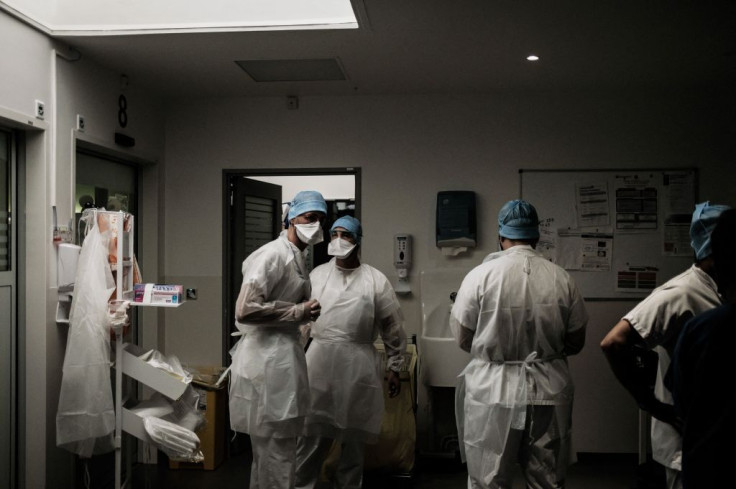Survivors of COVID-19 may be looking at serious heart issues a year after contracting the disease. A study found that these individuals, not needing hospitalization, are still in danger of developing blood clots known as a pulmonary embolism and heart failure later on.
According to Bloomberg, the study showed that individuals who have been exposed to the coronavirus had a 39% risk of developing heart failure compared to those who have not been infected. The risk of heart issues depends on the severity of infection.
Ziyad Al-Aly, the director of the clinical epidemiology center at the Veterans Affairs St. Louis Health Care System who led the research said, “The aftereffects of Covid-19 are substantial.”
Symptoms generally manifested by “long haulers” of the coronavirus generally include palpitations, dizziness, chest pain as well as shortness of breath that are similar to people with pre-existing heart conditions.
Cardiology experts from Johns Hopkins Medicine said heart attacks come in several different forms. A typical type 1 heart attack is caused by a blood clot in a person’s heart arteries, which they say is a rare occurrence during or after COVID-19 infection.
However, cardiologist Wendy Post M.D said type 2 heart attacks are common in COVID-19 patients. This heart attack can be caused by low blood oxygen levels or anemia and a fast heartbeat that puts increased stress on the heart because it has to do extra work to get enough oxygen in the blood.
“We have seen this in people with acute coronavirus disease, but it is less common in those who have survived the illness," Post said.
COVID-19 survivors are advised to consult a doctor if any symptoms continue post-infection such as shortness of breath. This symptom is common in people who survive COVID-19 because they have been less active for a long period of time.
“Shortness of breath by itself is not always a sign of a serious problem, but if you have that symptom along with low O2 (below 92%), that is a reason to be concerned,” Post wrote. He recommends using a commercially available O2 saturation monitor even long after recovery and to gradually build one’s fitness level back to normal.
Sometimes people are short of breath with exertion after COVID-19 because they have been less active for a long time and need to gradually build their fitness level back up.
Heart imaging may reveal minor changes such as scarring in the heart muscle of some COVID-19 survivors. But Post said these findings have not been fully compared with imaging results of those who have not had COVID-19.
COVID-19 may affect the strength of the heart’s pumping capacity, however, such subtle abnormalities are not likely to cause people problems, Post added.

© 2025 Latin Times. All rights reserved. Do not reproduce without permission.




